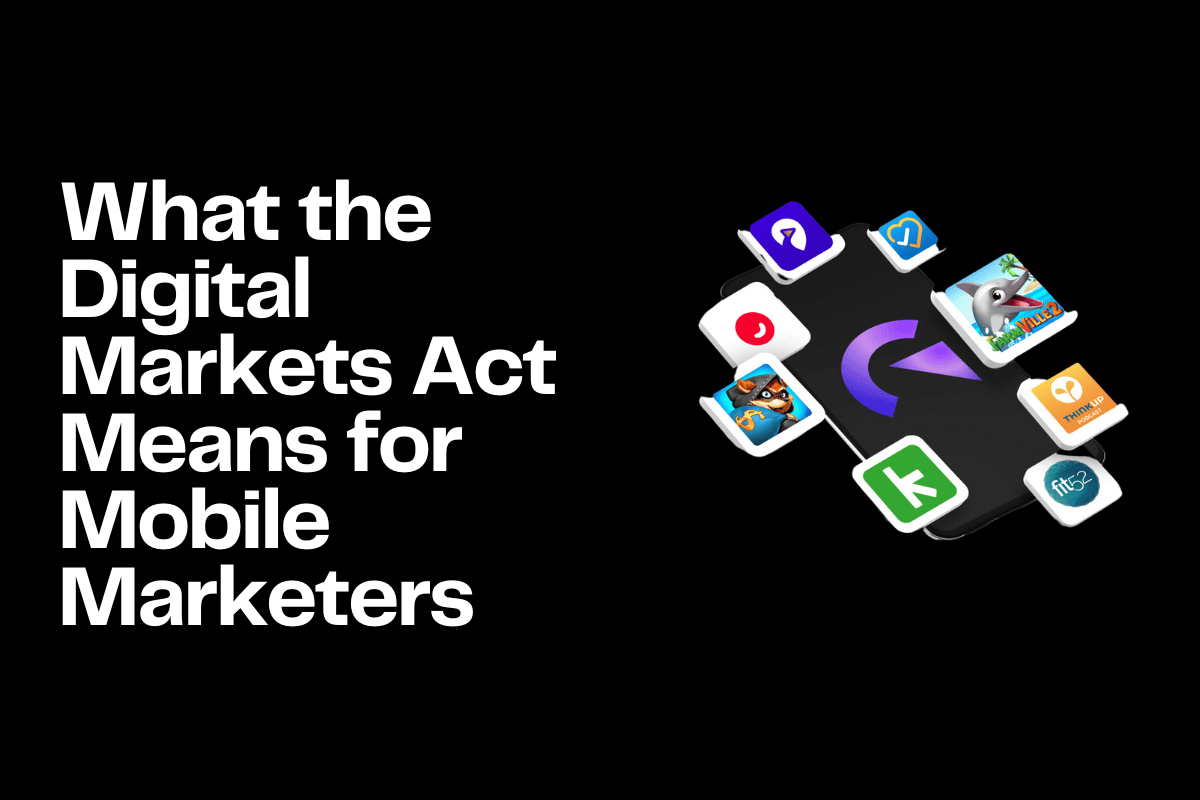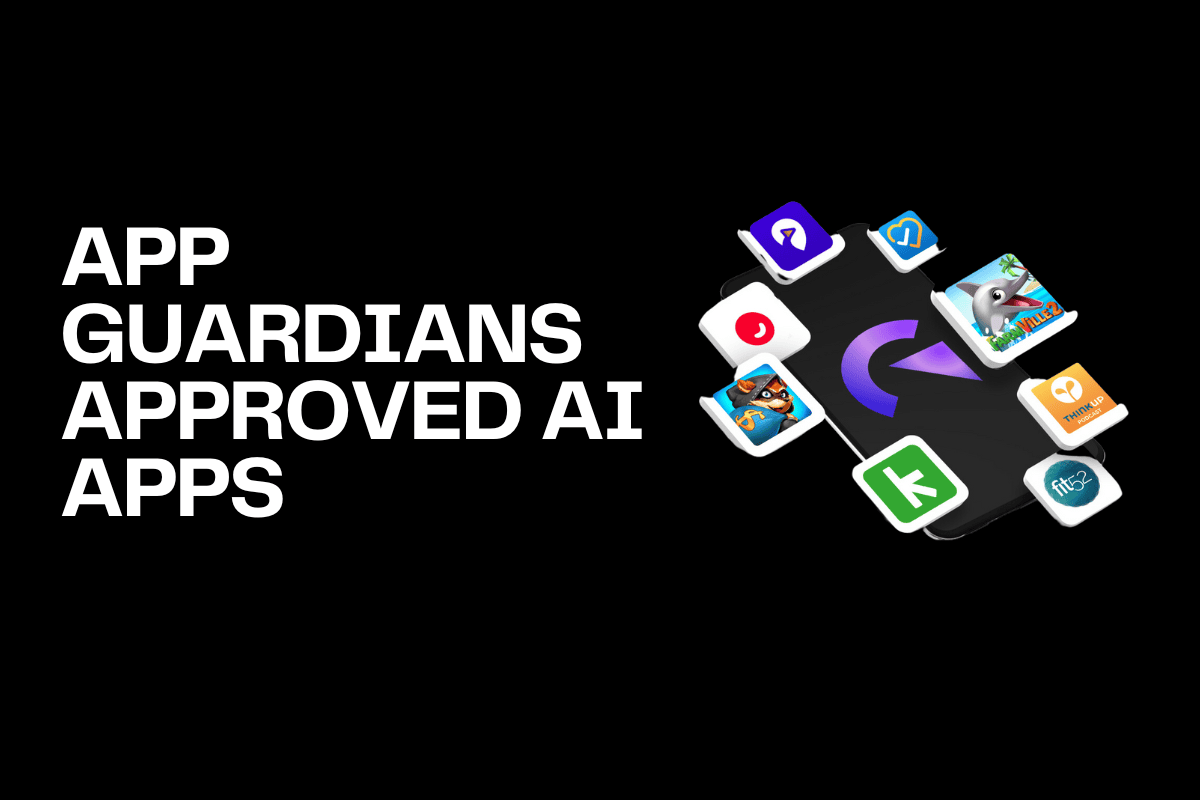Expert Interview: Arpit Patel
Thank you for interviewing with us Arpit,
Can you please tell us more about yourself? Did you have knowledge prior to entering the app world?
I am the Head of User Acquisition at PSafe Technology, a leading provider of mobile privacy, security and performance apps for both Android and iOS. I am responsible for running a small UA team focused on growth strategy, budgeting, and execution of our paid efforts to support our ads supported and subscription-based business. I have been working in the mobile app business since 2013. Previously I was in e-commerce since this was the frontier prior to the mobile boom. I saw an opportunity in the mobile app business. Coming from an e-commerce background, I had no prior knowledge in the mobile app business. Therefore, you can imagine that it was a very large learning curve for me to understand mobile attribution and how the mobile app business works.
I joined MZ in October 2013, I had the perfect timing to explore mobile with a large learning curve. It was a totally different world from e-commerce with Commission junction and those platforms leading. Understanding the true profitability just based on CPI and RPI since the LTV concepts did not emerge till 2015. We ran over 80+ channels with just a 5 people team. There were lots of fraud and lots of learning since the tech was not available to support huge media buys. I created a process for day to day partner management. I would analyze the data to share the findings with the larger UA team.
Can you tell us about popular trends currently in the app industry?
I am seeing an increase in the adoption of augmented reality (AR), Virtual reality (VR), and artificial intelligence (AI). We can only expect that more app developers will adopt some of these features in their apps. Recently, more e-commerce sites have apps to reach their users, which were unavailable before. As a performance marketer I am seeing an increase in automation, programmatic, and AI thus allowing media buyers to make smarter, quicker, and more optimized decisions based on data rather than waiting for several days to make changes. Pokémon changed the industry by leveraging Google Maps API. More app bloggers are adapting to AR and VR. Google has introduced AI to be your assistant to complete tasks. Performance marketers are doing their work with media partners in a more automated fashion. Attribution trackers are improving their products by making the lives of performance marketers easier.
New App developers seem to all want to focus on organic, but that seems to be hard to hack with low budgets unless super creative viral tactics or products. What is your philosophy here?
My take on organic growth is, don’t stress too much over organic growth. Focus on building brand loyalty, brand love, and brand recognition first. The saying goes if you build it, they will come doesn’t work. Users will only come to your app if they know that the app exists and that it can improve their lifestyle. Speaking from experience, you can’t build a brand without investing in brand recognition. As you build brand loyalty, brand love, and brand recognition you’ll see an uplift in organic growth. Your UA efforts and organic growth go hand in hand. Obviously, the effort made towards ASO, SEO, and taking part in various social media channels can help bring brand awareness.
Sit back and test different things that work and don’t. Not everyone has an in house team and gets to leverage agencies who have an abundance of experience. Therefore, using agencies are definitely worth it because they go through testing and learning.
Focus on 3 things: brand love, brand loyalty, and brand recognition.
Looking at an App lifecycle, at what stage do you suggest the growth teams take steps back and hyper-optimize everything or send the product back to the lab before the next push?
Unless your app store rating is horrible, there’s no reason to reinvent the wheel from scratch. Data is the king, use it to understand what isn’t working per expectation and why? Leverage the reviews and feedback you’re getting from users to understand what is it that the users don’t like about the app. As an app developer, performance marketer, or a product manager you should always set expectations and reality of each update made to the app based on research, a/b testing, and conducting case studies of previous updates. The product team should always be thinking of how can I improve the usability of the app? As for performance marketers, how can I get more users to adopt the app? These two teams should constantly communicate with one another on what they are seeing and agree on expectations and set KPIs. It shouldn’t be difficult to figure out at what stage of the life-cycle the product is performing per expectations. It’s always great to measure paid UA vs organic to set some benchmarks. This can also help with setting expectations and understand if the product needs additional fixes and fine-tuning of its features, on-boarding flow, or in-app messaging.
Put yourself in the user’s shoes, what is important to users, if product has flaws do we feel good marketing it at all? Think about their needs in every message. In the case of PSafe and security, you want to start thinking about the lifecycle and every step of decision making. Think of different life stages of a user that can get you in front of the users.
What KPI do you look for to determine if an App is healthy?
I like looking at several front-end KPIs as well as backend KPIs to help me and my team understand the overall trend of each cohort. One thing we heavily focus on is retention to understand our traffic and the users that we are acquiring. You can easily see a change in traffic mix or market condition shifts if the quality of the traffic changes over time.
Analyze the data from the top of the funnel to the very end of the renewal cycle. Taking a step back and asking yourself what KPIs matters to me and how do these KPIs impacts the overall growth of the app? There is no one size fits all approach here. Each app is unique.
KPIs depends on the type of app you have and also the type of revenue model your business supports. For example, if it’s a gaming app then you want to consider marrying your front-end data with the backend data looking at engagement, retention, and paid CVR percentage. This should allow you to pick up on trends around your users as to how often do they convert into paid users, how far down the funnel do users convert? Are there certain trends relating to when a user converts (maybe when there’s a too good of a sale to pass up on)?
If it’s a subscription focused app, you would want to look at KPIs surroundings your conversion funnel, mobile web to app install and registration/trial start to a paid subscriber. Looking at each conversion metric with how users are engaging with the app and understanding the drop-offs between each conversion or even engagement. Is there a correlation between a specific event and when do the vast majority of the user becomes a paid user?
If you were to give 2-3 final tips to Growing Apps, what would those be?
- In order to succeed you should evaluate your full funnel and understand where the breakage is. Where do users drop off and why?
- Dedicate a portion of your budget towards a/b testing creatives, channels, any theories you might have and what those trigger points are that’s not only getting users to install your app but also become paid users.
- Developing skills around understanding attribution (this is always evolving and needs to be ahead of the trends in both fighting fraud and understanding attribution related issues) and strong analytical skills for problem-solving.
Want to Learn more about App Growth or the App Industry? E-mail us at hello@Appgrowthnetwork.com
Related Articles
The Digital Markets Act and the Digital Services Act are two major pieces of legislature brought forth from [...]
The artificial intelligence trend is everywhere. It’s easy to get caught up in the mix when searching for [...]
For Wellness apps, the most challenging approach is the conversion of the user from passive to active. [...]










